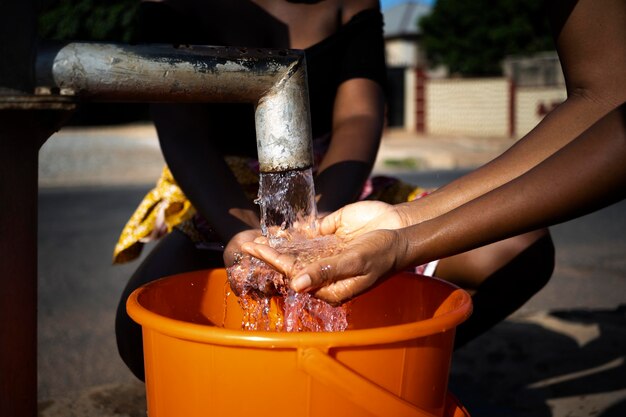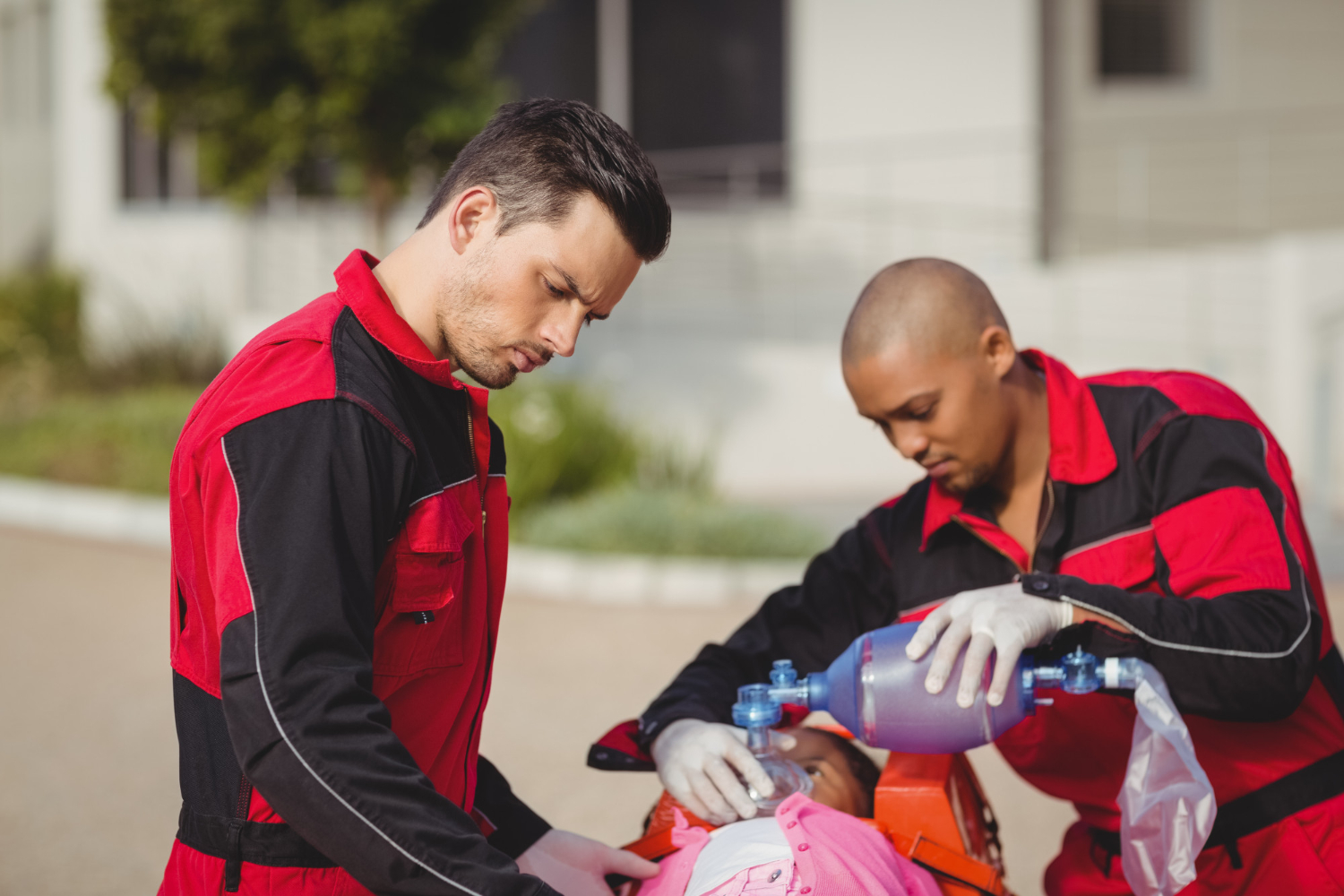Water shortage is a squeezing worldwide issue that influences a huge number of individuals around the world. As water resources dwindle and demand continues to rise, it becomes crucial to become effective strategies for surviving in water-scarce environments. Through this blog post, you will explore tactical tips for sourcing, purifying, and consuming water when faced with water scarcity.
From alternative water sources and conservation practices to purification methods and emergency preparedness, you’ll learn some practical insights to help you navigate the challenges of limited water availability. By adopting these tips, we can enhance our resilience and ensure access to safe, clean water even in the face of scarcity.
Understanding Water Scarcity
Water shortage is a developing worry that presents critical difficulties to human existence and the climate. There are a number of factors that contribute to water scarcity, which is defined as the absence of sufficient water resources to meet the needs of a population. These factors include population growth, climate change, and unsustainable water management practices.
Alarming statistics reveal that billions of people currently face water scarcity, leading to increased poverty, water-related diseases, and environmental degradation. Understanding the causes & consequences of water scarcity is vital to developing effective solutions & mitigating its effects on individuals & communities.

Sourcing Water
When faced with water scarcity, it becomes essential to explore alternative water sources. Here are several tactical tips for sources of water in water-scarce situations:
- Rainwater Harvesting & Storage. Capture rainwater from the rooftop and direct it into storage tanks or barrels. This can be used for non-potable purposes like gardening, cleaning, or even after proper filtration, for drinking.
- Utilizing Natural Water Sources. If available, responsible for utilizing nearby natural water sources such as rivers, lakes, or ponds. Be mindful of local regulations, ecological impact, and ensure water treatment before consumption.
- Well & Borehole Drilling. In areas where groundwater is accessible, drilling water or boreholes can provide a reliable water source. Seek professional guidance to determine the viability & safety of this option.
- Community Sharing Initiatives or Water Delivery Services. Explore water delivery services or community initiatives that provide water during times of scarcity. Collaborating with neighbors or local organizations can help ensure access to water resources.

To maximize available water sources, it is crucial to adopt water conservation practices. Fix leaks, recycle, and reuse water whenever possible, and invest in water-efficient appliances & technologies. By combining sourcing water from alternative sources with responsible water usage, you can enhance your ability to navigate water scarcity effectively.
Conserving & Managing Water Consumption
Conserving & managing water consumption are essential practices to optimize available water sources and combat water scarcity. Here are some tactical tips for conserving and managing water consumption:
- Personal Hygiene Habits. Practice water-saving techniques during personal hygiene routines. Turn off the tap while brushing your teeth or shaving, and take shorter showers to reduce water usage.
- Efficient Irrigation Techniques. Implement water-efficient irrigation methods for gardens & crops. Use drip irrigation systems or water plants during cooler times of the day to minimize evaporation.
- Low-Flow Fixtures & Appliances. Install low-flame showerheads, faucets, and toilets to reduce water usage without compromising functionality. In addition, opt for water-efficient appliances, such as washing machines & dishwashers.
- Education & Awareness. Promote water conservation through education & awareness initiatives. Encourage others to adopt water-saving habits and raise awareness about the importance of responsible water consumption in your community.
By incorporating these conservation & management strategies into your daily life and advocating for sustainable water practices, you can make a significant impact in preserving water resources and mitigating the effects of water scarcity.
Emergency Preparedness for Water Scarcity
Emergency preparedness is crucial in water-scarce situations to ensure you have access to water during times of scarcity. Here are some tactical tips to help you prepare for water scarcity emergencies:
- Portable Water Filtration Systems. Invest in portable water filtration systems or purifiers that can remove contaminants from water sources. These systems are compact and can be easily carried out during emergencies to purify water for drinking.
- Water Storage Containers. Keep a sufficient supply of clean water in storage containers specifically designated for emergencies. Store water in a cool, dark place to prevent bacterial growth and ensure it remains safe for consumption.
- Water Purification Tablets or Drops. Stock up on water purification tablets or drops which can disinfect water and make it safe for drinking. These can be used as a backup method when filtration systems are not available.
- Emergency Water Rations. Consider having emergency water rations, such as emergency water pouches or water bottles. These are pre-packaged and have a long shelf life, ensuring a safe water supply during emergencies.
Remember to regularly check and rotate your emergency water supplies to maintain their freshness & quality. Stay informed about water scarcity alerts or warnings in your area and be proactive in your emergency preparedness efforts. By being well-prepared, you can navigate water scarcity emergencies with greater resilience and ensure access to safe drinking water for you and your loved ones.
Wrapping It Up
This comprehensive guide teaches you about how you can deal with water scarcity. It covers several aspects, starting with an understanding of water scarcity and its causes. This article then delves into sourcing water from alternative sources like rainwater harvesting, natural sources, and drilling wells. It emphasizes the importance of water conservation and managing consumption through efficient practices and low-flow fixtures.
In addition to this, it also highlights the significance of emergency preparedness, including portable filtration systems, water storage containers, and purification tablets. By implementing these tactical tips, readers can navigate water scarcity effectively and ensure access to safe drinking water.




















